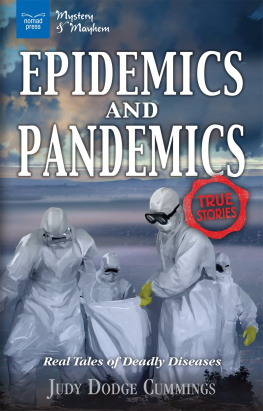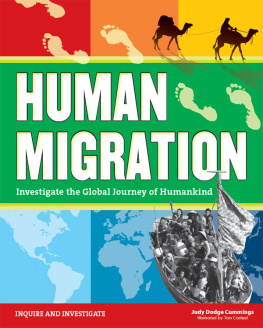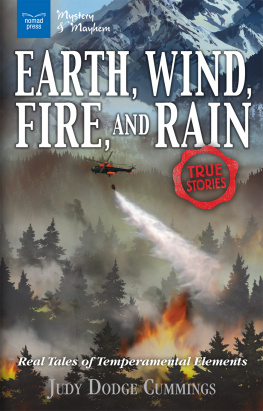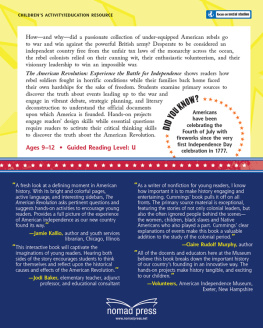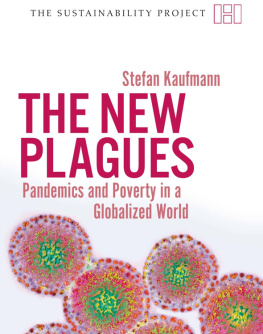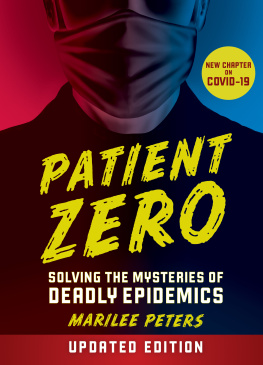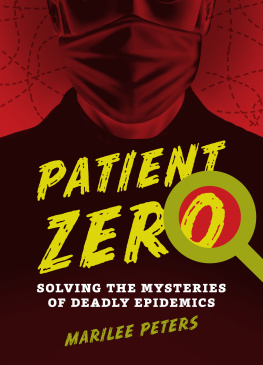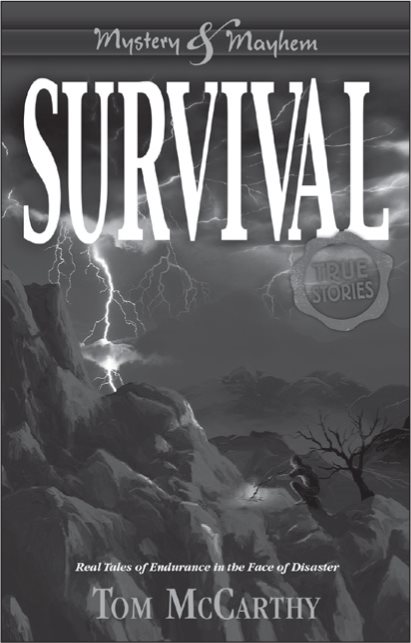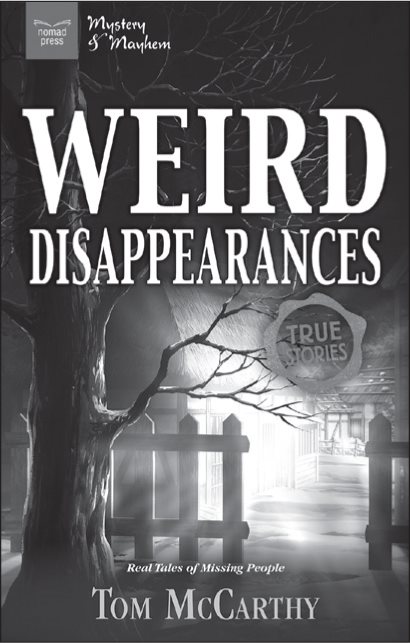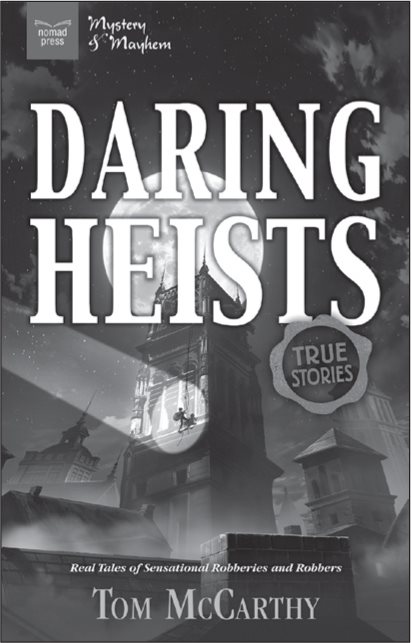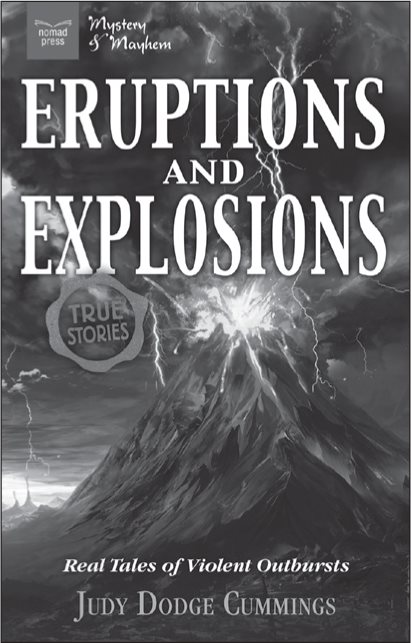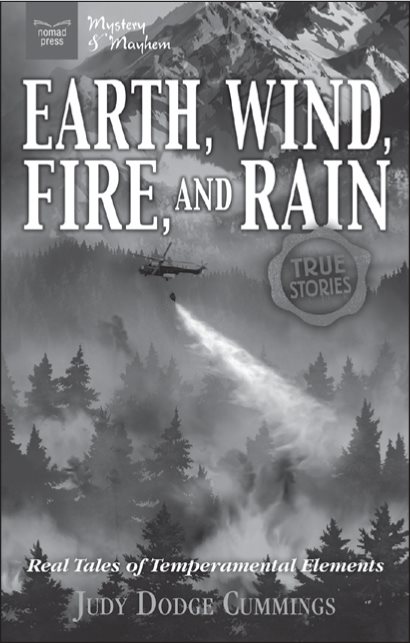Judy Dodge Cummings - Epidemics and Pandemics: Real Tales of Deadly Diseases
Here you can read online Judy Dodge Cummings - Epidemics and Pandemics: Real Tales of Deadly Diseases full text of the book (entire story) in english for free. Download pdf and epub, get meaning, cover and reviews about this ebook. year: 2018, publisher: Nomad Press, genre: History. Description of the work, (preface) as well as reviews are available. Best literature library LitArk.com created for fans of good reading and offers a wide selection of genres:
Romance novel
Science fiction
Adventure
Detective
Science
History
Home and family
Prose
Art
Politics
Computer
Non-fiction
Religion
Business
Children
Humor
Choose a favorite category and find really read worthwhile books. Enjoy immersion in the world of imagination, feel the emotions of the characters or learn something new for yourself, make an fascinating discovery.
- Book:Epidemics and Pandemics: Real Tales of Deadly Diseases
- Author:
- Publisher:Nomad Press
- Genre:
- Year:2018
- Rating:5 / 5
- Favourites:Add to favourites
- Your mark:
- 100
- 1
- 2
- 3
- 4
- 5
Epidemics and Pandemics: Real Tales of Deadly Diseases: summary, description and annotation
We offer to read an annotation, description, summary or preface (depends on what the author of the book "Epidemics and Pandemics: Real Tales of Deadly Diseases" wrote himself). If you haven't found the necessary information about the book — write in the comments, we will try to find it.
Judy Dodge Cummings: author's other books
Who wrote Epidemics and Pandemics: Real Tales of Deadly Diseases? Find out the surname, the name of the author of the book and a list of all author's works by series.
Epidemics and Pandemics: Real Tales of Deadly Diseases — read online for free the complete book (whole text) full work
Below is the text of the book, divided by pages. System saving the place of the last page read, allows you to conveniently read the book "Epidemics and Pandemics: Real Tales of Deadly Diseases" online for free, without having to search again every time where you left off. Put a bookmark, and you can go to the page where you finished reading at any time.
Font size:
Interval:
Bookmark:

Nomad Press
A division of Nomad Communications
10 9 8 7 6 5 4 3 2 1
Copyright 2018 by Nomad Press. All rights reserved.
No part of this book may be reproduced in any form without permission in
writing from the publisher, except by a reviewer who may quote brief passages
in a review or for limited educational use. The trademark Nomad Press
and the Nomad Press logo are trademarks of Nomad Communications, Inc.
ISBN Softcover: 978-1-61930-625-7
ISBN Hardcover: 978-1-61930-623-3
Educational Consultant, Marla Conn
Questions regarding the ordering of this book should be addressed to
Nomad Press
2456 Christian St.
White River Junction, VT 05001
www.nomadpress.net
Titles in the Mystery & Mayhem Series | ||
|
|
|
|
|
|
|
|
|
Check out more titles at www.nomadpress.net |
How do you feel? Have you got the sniffles or a sore throat? If so, you might want to put this book aside until you feel better, because even if you feel okay right now, you might get a little queasy while reading.
This book is about diseasesthe really bad kind of diseases. Epidemics that swept through cities, states, and countries. Epidemics that transformed into pandemics, going global and killing people from north to south and east to west.
From the earliest days of recorded history, bacteria and viruses have stalked humans. Lurking in dirty corners and sewage-filled streets, stowing away on ships and airplanes, they waited for their chance to attack.
Their deadly bite was often brushed off as the prick of a mosquito or itch of a flea. Sometimes, these villains even cloaked their menace in the kiss of a mother or embrace of a friend.
This book is about some of historys most critical contagions. First upthe Black Death. In 1347, Europeans woke up to find tumors the size of eggs in their armpits and on their groins and necks. The bubonic plague massacred one-third of Europes population in only five years, changing Europes economy and social structure forever.
But those hardy Europeans bounced back, and set out to conquer the Americas in the sixteenth century. Spanish conquistador Hernn Corts arrived in Mexico in 1518. With a few hundred soldiers, some horses and guns, he prepared to invade the mighty Aztec empire.
This task should have been impossible for the cocky Corts, but he had a secret weaponsmallpox. The disease killed 50 percent of the Aztecs before the Spaniards even fired a shot.
Fast forward to 1793. The United States was a brand new nation brimming with optimism. Merchant ships from as far away as Africa and China anchored in the harbor of its capital city, Philadelphia, Pennsylvania. Hidden between barrels of wine and bolts of cloth in the hold of one ship was mosquito larvae infected with the yellow fever virus.
As people in the city fell sick, many wondered if the infant nation could survive it.
In 1918, as millions of men died in the trenches of France during World War I, their loved ones back home began to die, too. The Spanish influenza of 1918 struck with a speed and ferocity never seen before, killing 50 million people around the world.
In the 1980s, a mysterious illness began to affect gay men and intravenous drug users. They lost weight, developed rare infections, and died quickly and painfully. Acquired immunodeficiency syndrome (AIDS), spread through bodily fluids, was a disease ignored by the public and politicians. AIDS victims were shunned, as some people believed the disease was a punishment for leading a sinful life. But they were wrong. Anyone can get AIDS.
Today, almost 40 million people carry the virus and AIDS has killed 35 million more.
This book is full of tragic stories. These diseases killed millions of people, while fear and panic pushed some individuals to behave monstrously. But every tragedy has a hero. There were those who tended the sick, rallied their communities, and searched for a cure. Epidemics can be agents of change.
Some details might be gruesome. Some might make you wince or squirm. But to be forewarned is to be forearmed. If history is any judge, bloodthirsty bacteria and venomous viruses will return. The question iswill the world be ready?
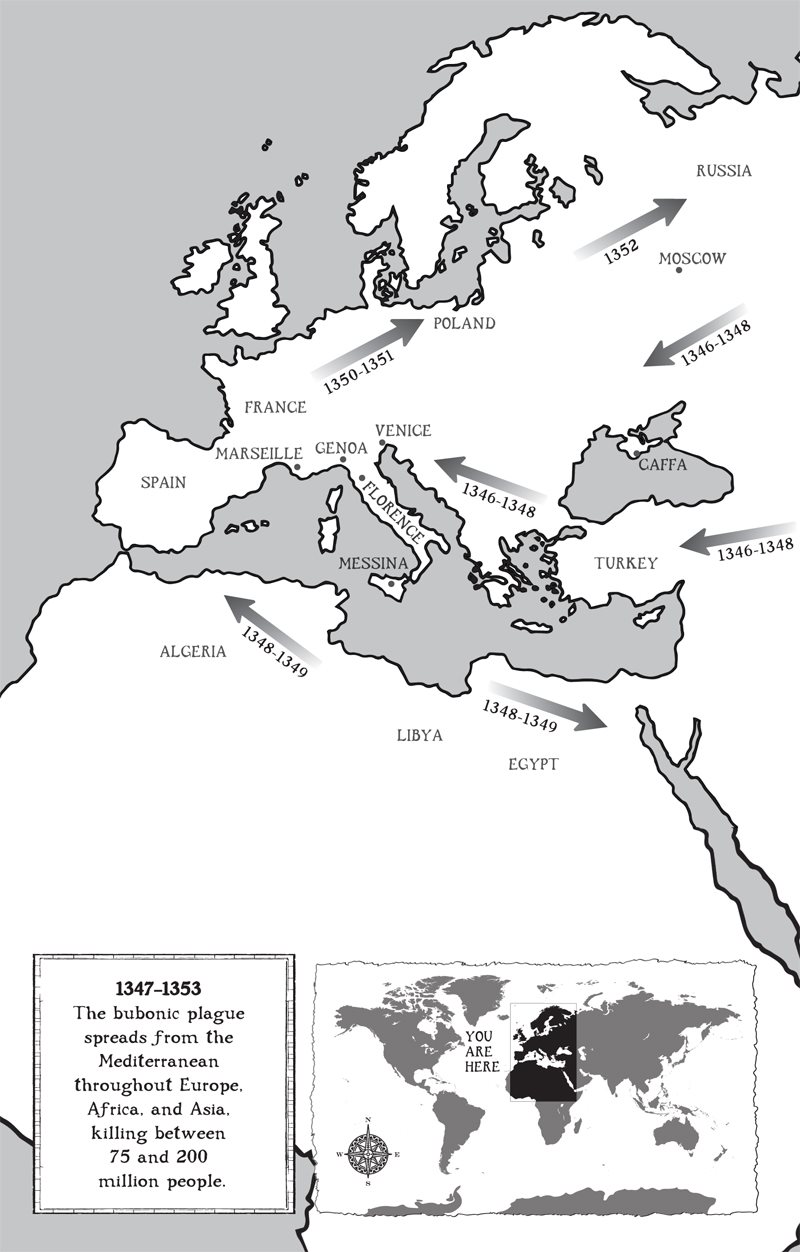

In the central Asian country of Kyrgyzstan, Lake Issyk Kul sits nestled in a valley surrounded by snow-capped mountains. The crisp air carries the fruity smell of spruce trees and golden beaches hug the eye-shaped lake. This peaceful setting is scarcely the place one would expect to give birth to the worst mass murderer in history.
But during the fourteenth century, just such a villain hitched a ride south and embarked on a killing spree that left millions dead. The murderers name was Yersinia pestis .
Yersinia pestis is no ordinary villainit is a bacterium.
Historians call this grim reaper the black death, or bubonic plague. People in fourteenth-century Europe referred to its five-year reign of terror as the Great Mortality.
Yersinia pestis has been around for thousands of years. It usually lives in plague reservoirs. These are isolated parts of the world that house colonies of wild rodents, Yersinia pestis s favorite host.
During the 1300s, one such reservoir was Lake Issyk Kul on the Mongolian Steppe. The tarbagan lived there. This is a species of marmot prized for its golden fur. Buried in that fur were fleas, the vector that would carry Yersinia pestis on a European death tour.
Yersinia pestis is a wanderer. Normally, it travels very slowly. It takes a perfect storm of circumstances for this bacterium to ignite a major outbreak of the plague.
In the mid-1300s, just such a storm occurred.

People were on the move during the early 1300s. Nomads had created a road across the Mongolian Steppe, and European merchants eager to trade with China discovered it. They could use this overland route to transport items east faster than by ship.
Next pageFont size:
Interval:
Bookmark:
Similar books «Epidemics and Pandemics: Real Tales of Deadly Diseases»
Look at similar books to Epidemics and Pandemics: Real Tales of Deadly Diseases. We have selected literature similar in name and meaning in the hope of providing readers with more options to find new, interesting, not yet read works.
Discussion, reviews of the book Epidemics and Pandemics: Real Tales of Deadly Diseases and just readers' own opinions. Leave your comments, write what you think about the work, its meaning or the main characters. Specify what exactly you liked and what you didn't like, and why you think so.

